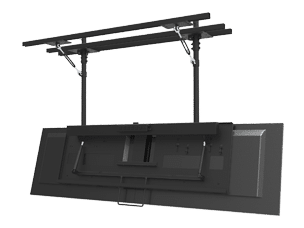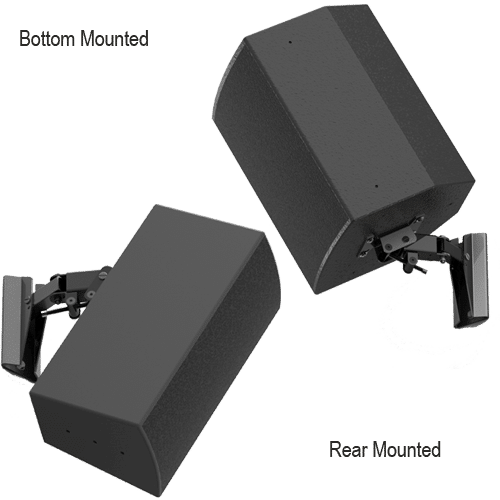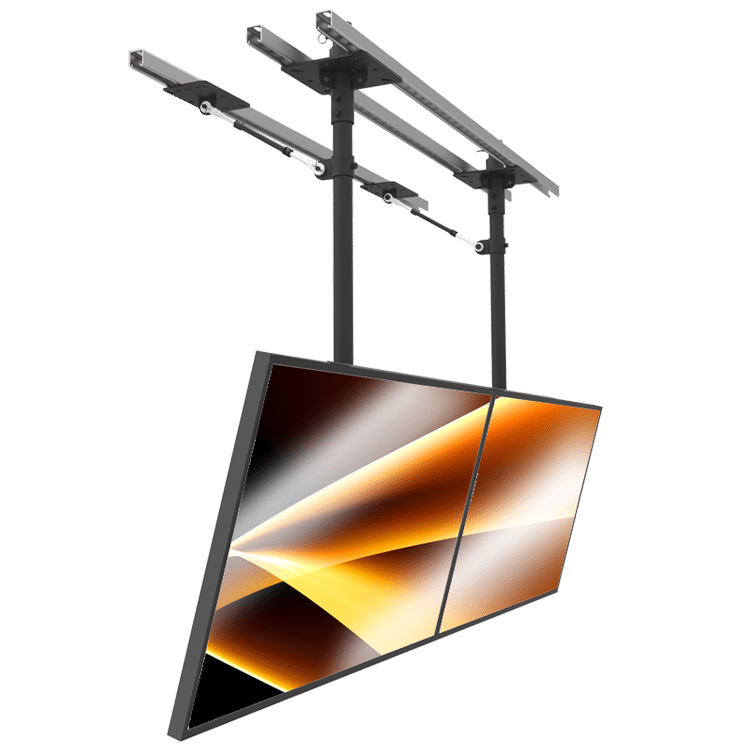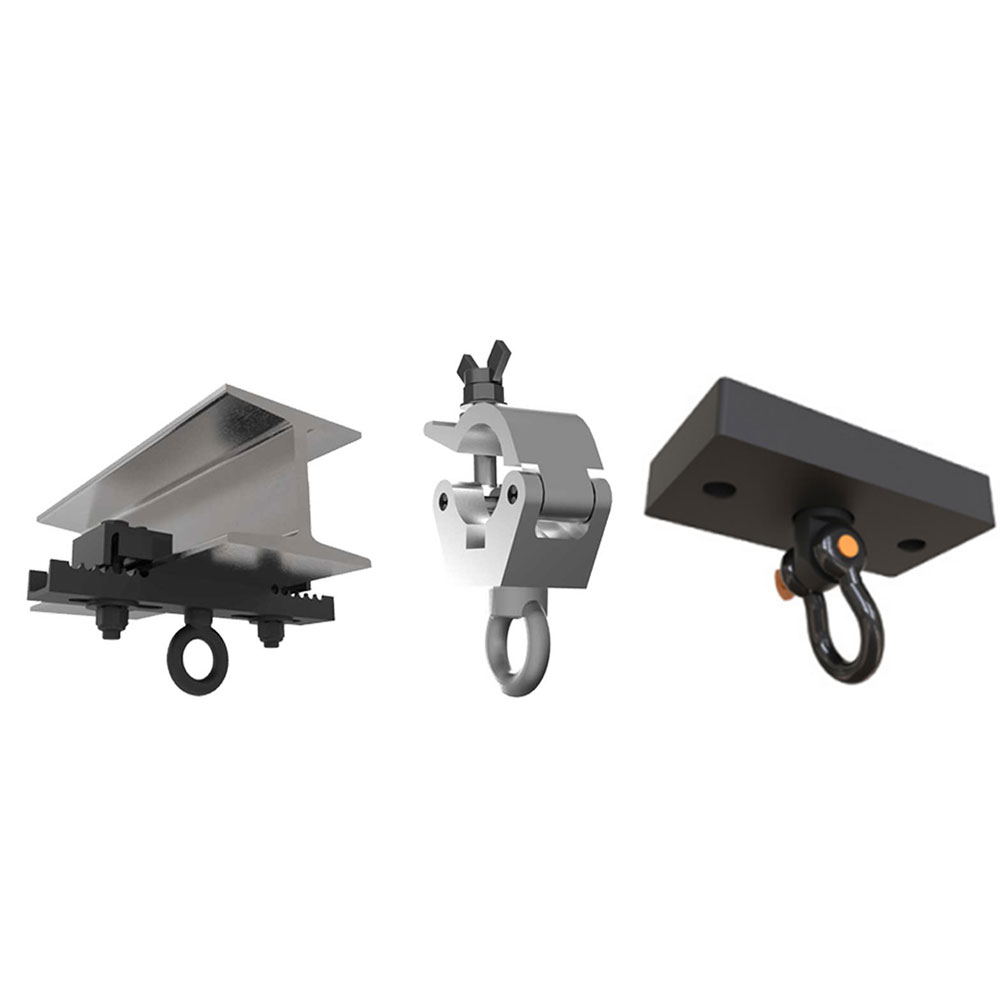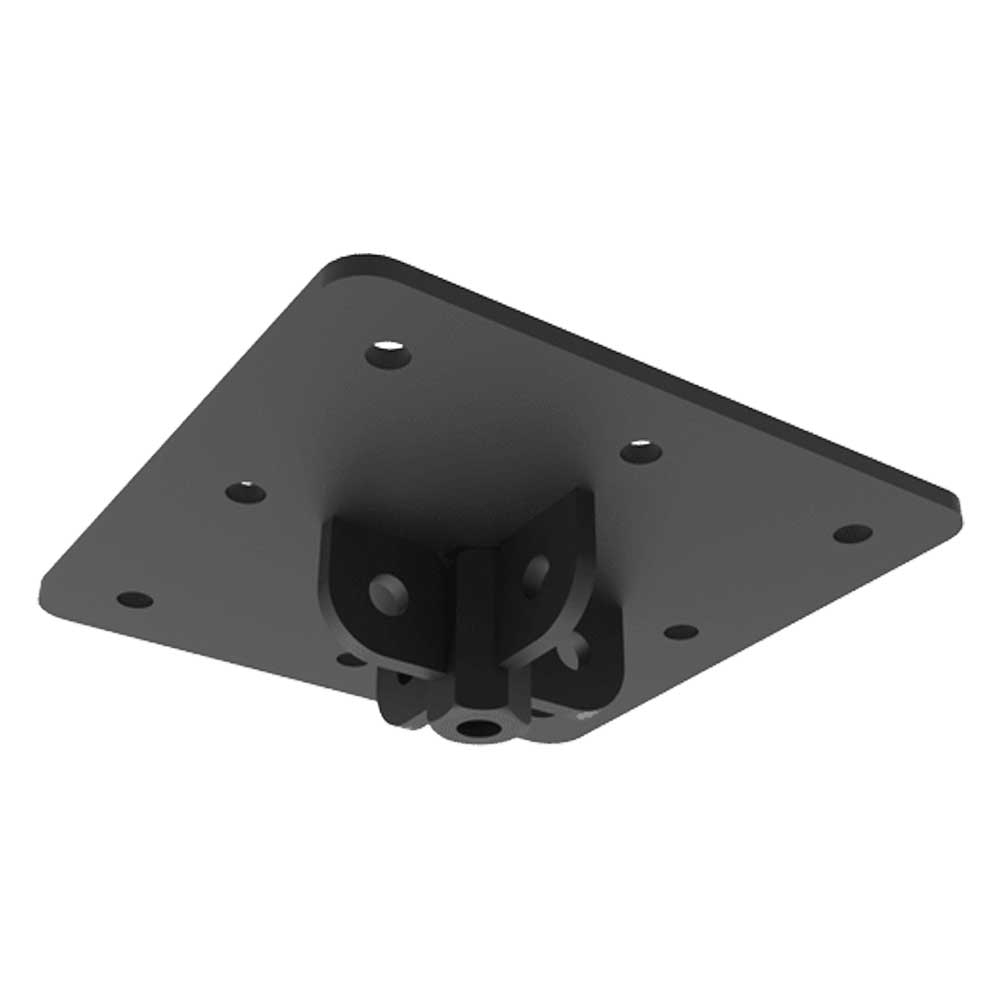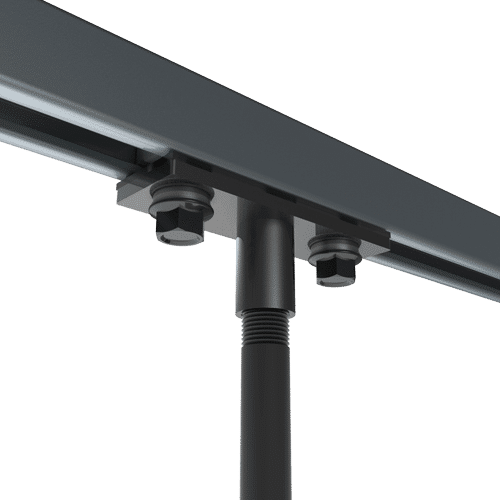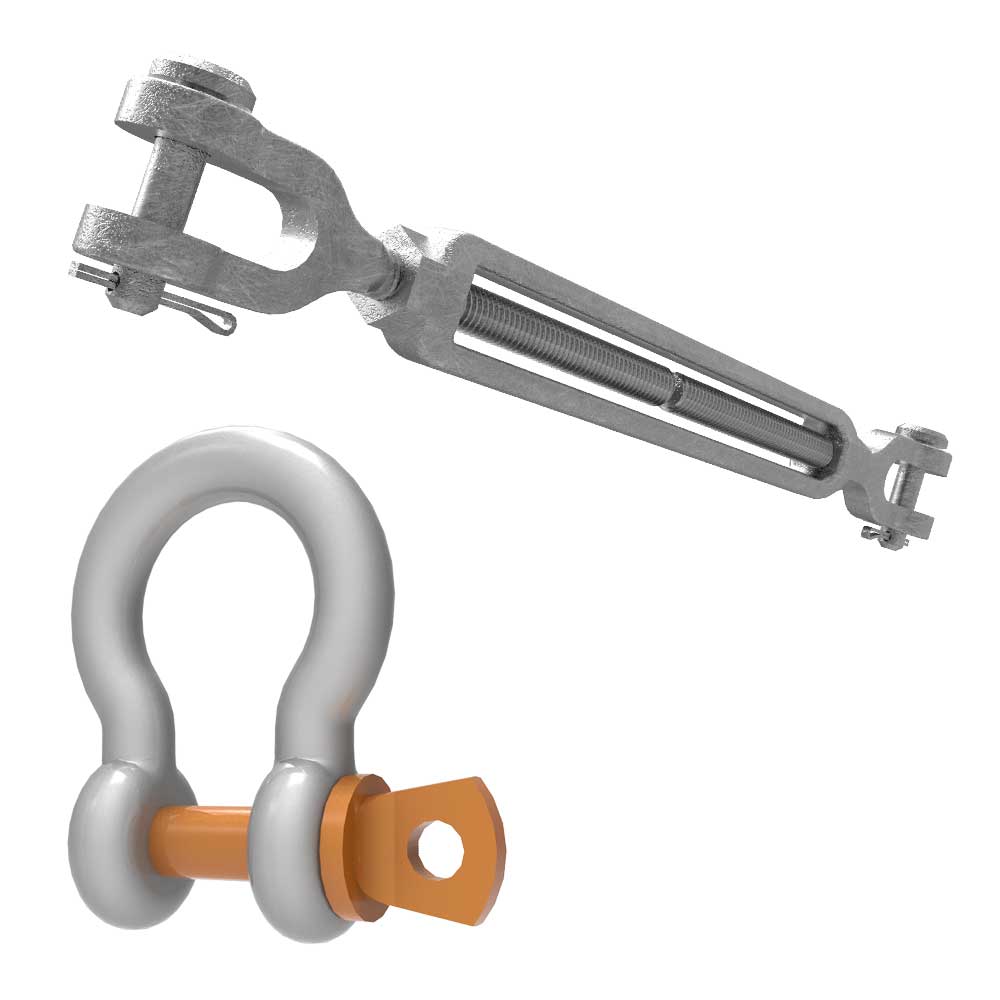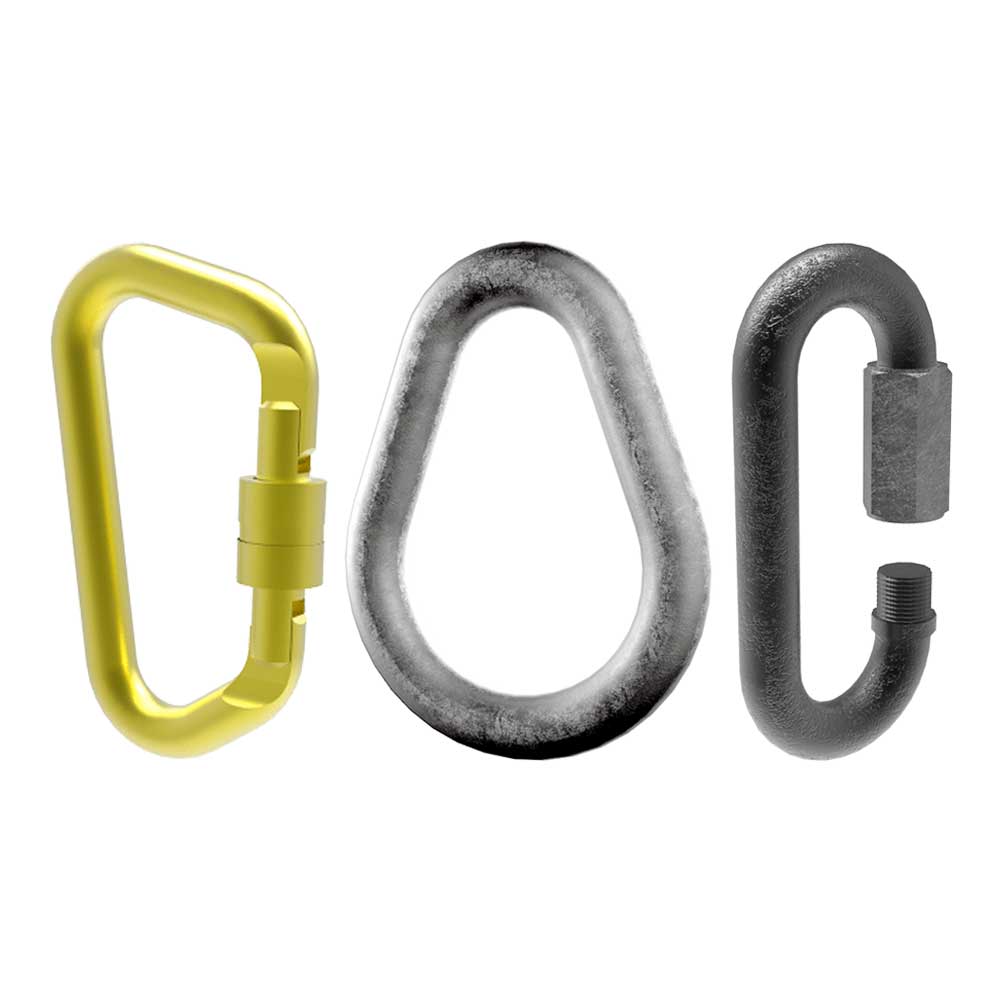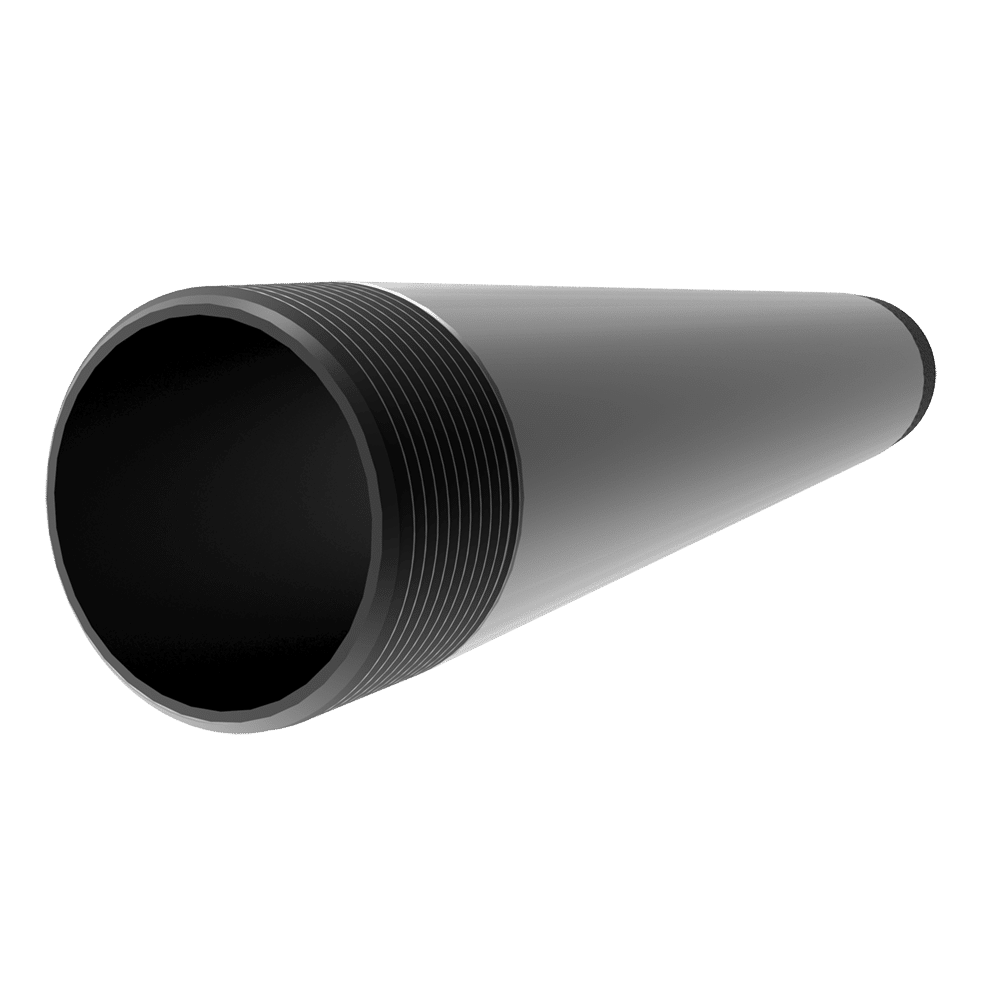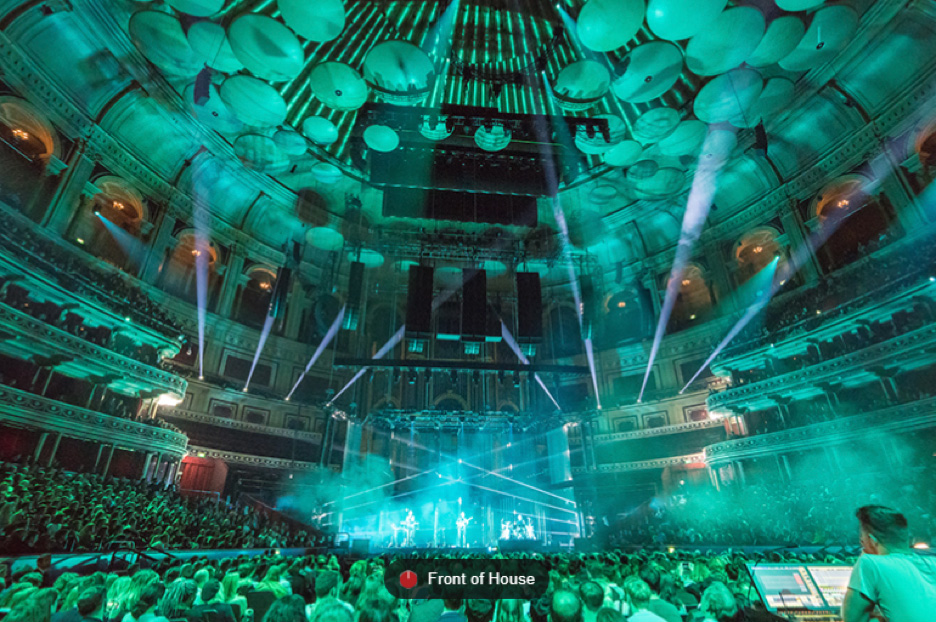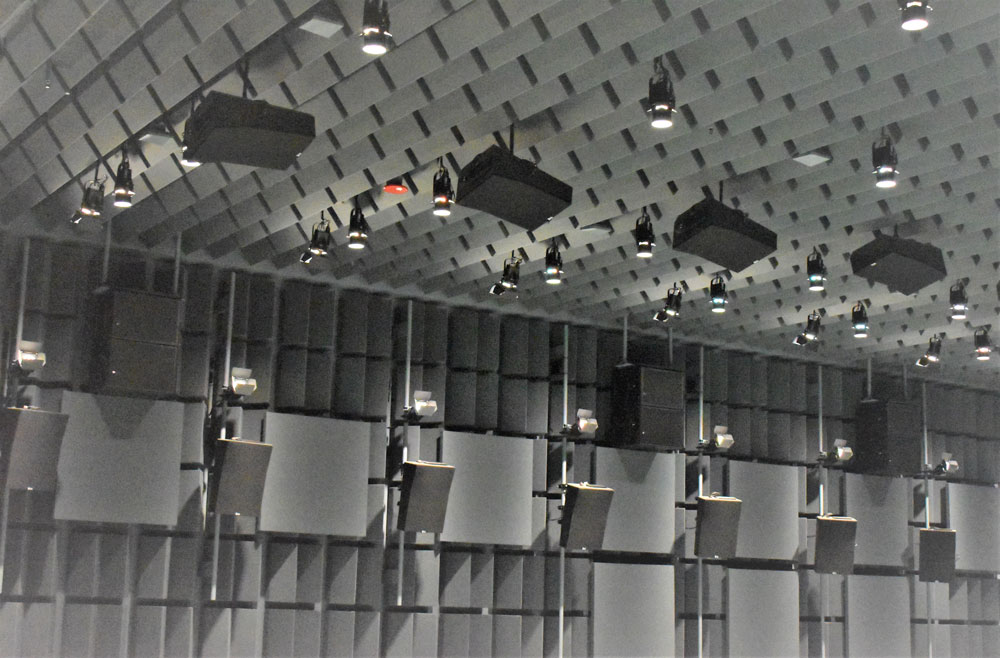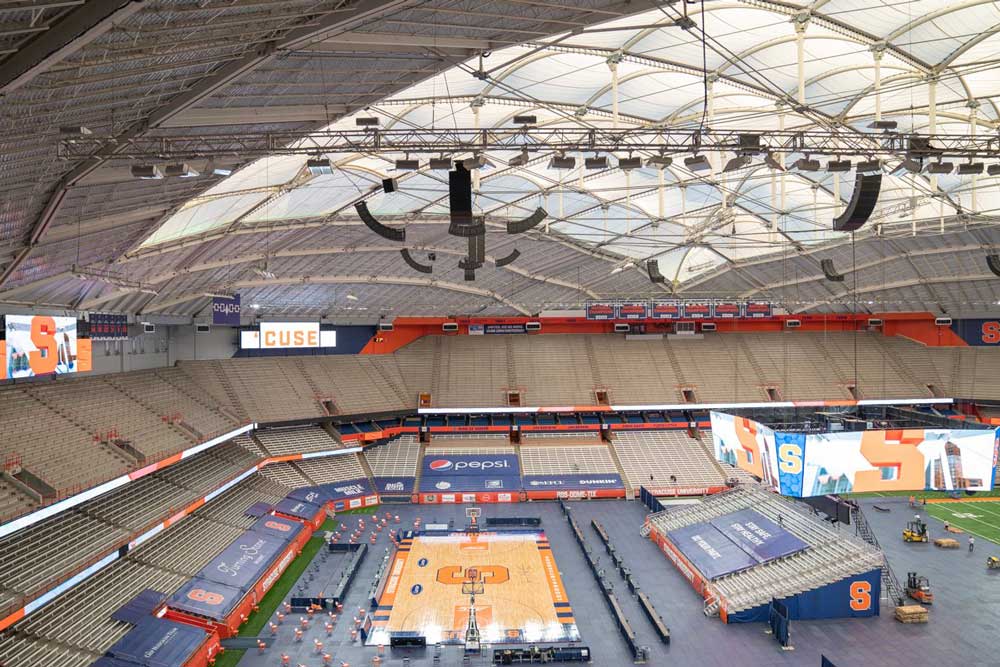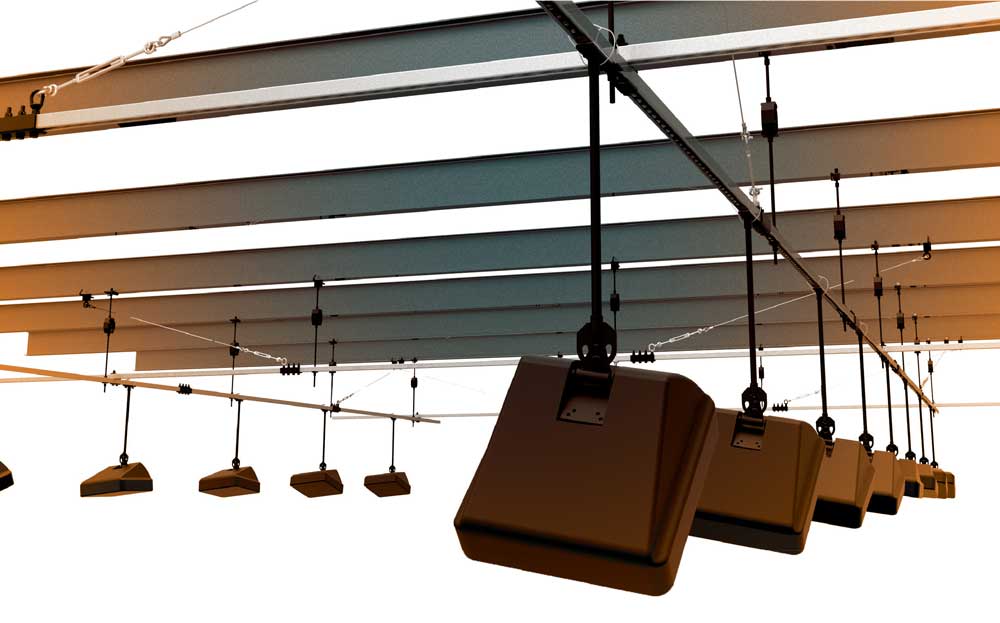Adaptive also offers audio and video mounting and rigging solutions for a wide range of indoor and outdoor applications including AV wall mounts, ceiling mounts, projector lifts, enclosures and cages, building attachments such as beam clamps, strut attachments, winches and hoists, and the list goes on.
They have also devised standard weatherproof and marine grade loudspeaker and video wall mounting and aiming devices for outdoor commercial applications, including loudspeakers and LEDs, especially for professional grade outdoor-rated pole mounts,
including Steerables®, PoleStar® and MultiMount®. Many of these designs serve transportation, sport venue and stadium applications around the world.
The immersive experience is now stretching into other venues such as arenas, conference rooms, concert halls, theme parks and civic auditoriums. Interactive Content, Virtual Reality Demos, LED Video Walls, performing arts and “experience-based” events are showing up and taking over everywhere.
If there is one thing that Covid has shown us, it is that we crave interactions and experiences. Boring retail is becoming a thing of the past with audio and video enhancements to bring in and excite consumers. So is “average” entertainment. Besides more advanced viewing options, there will be bigger-than-life visuals, effects and stunning sound coming at you from everywhere very soon!
 Audio Mounting
Audio Mounting
 Audio Rigging
Audio Rigging
 Model Specific
Model Specific















